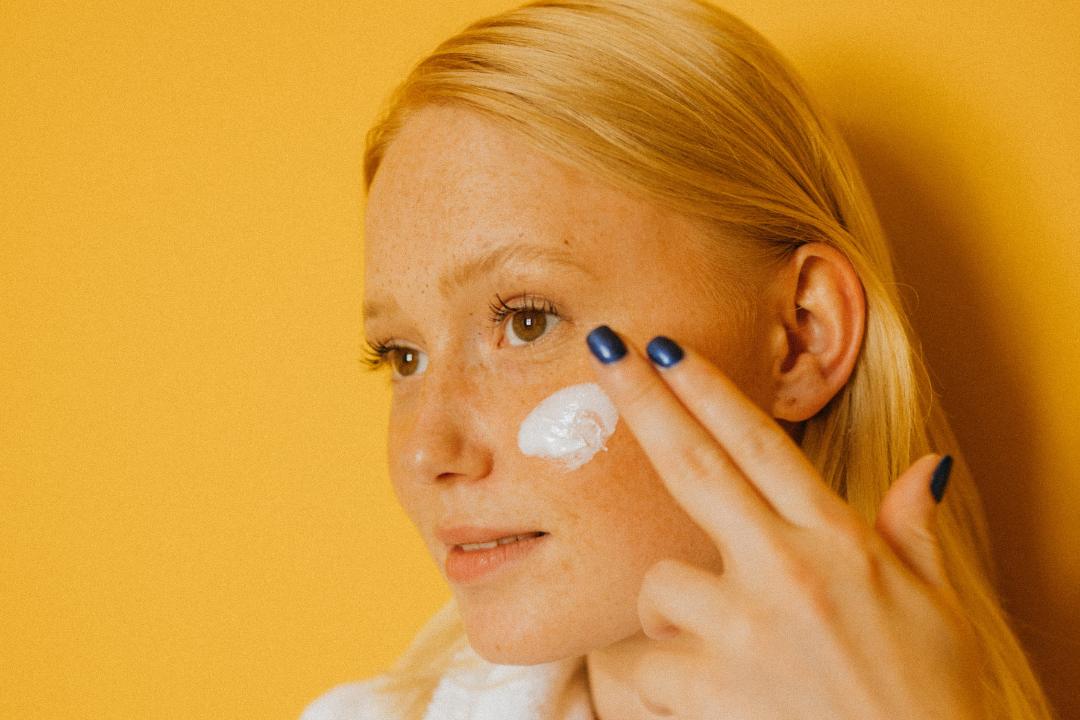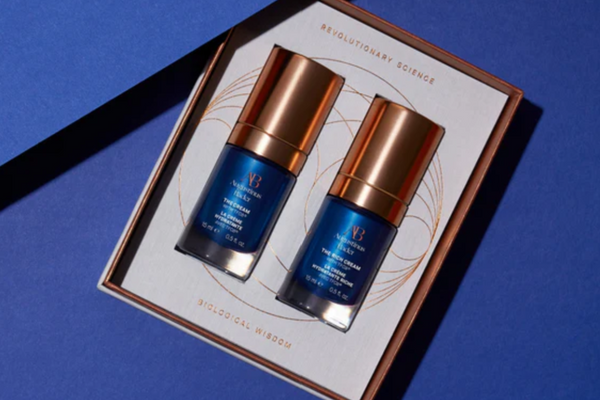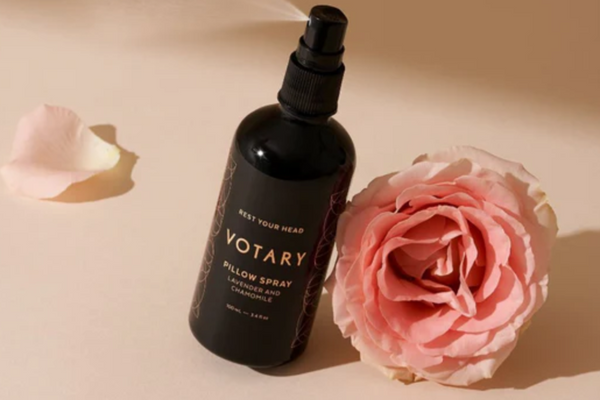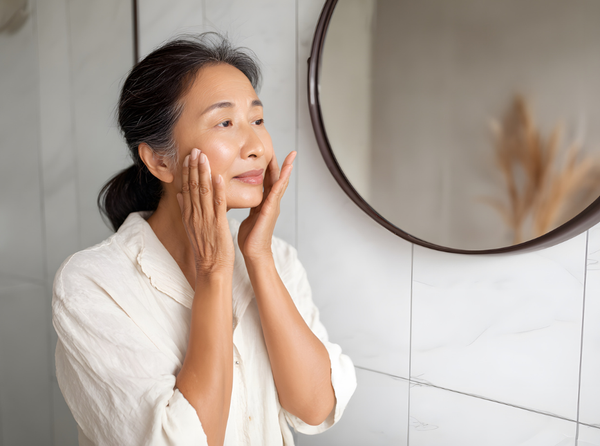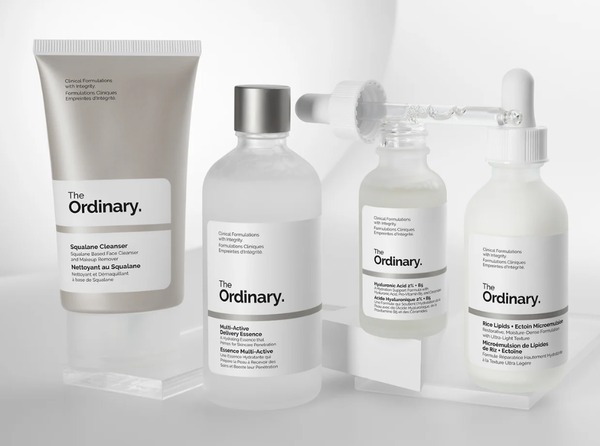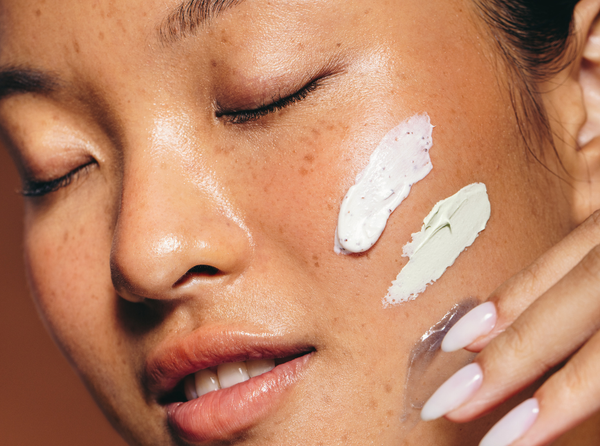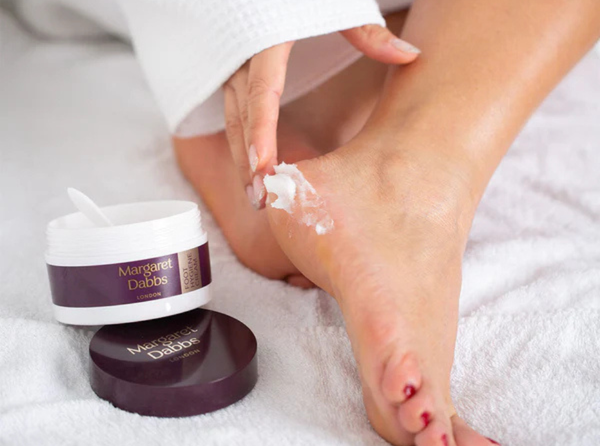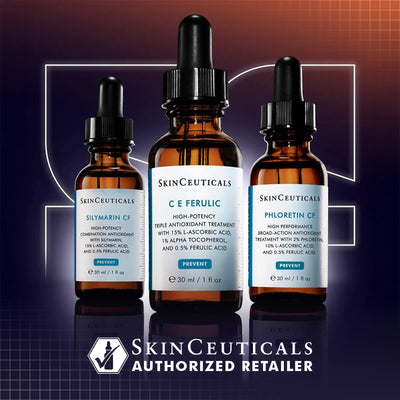The Benefits Of Lactic Acid
A gentle giant in the skincare world, lactic acid is the mildest member of the alpha hydroxy acid family, but no less effective than its cousins, which include glycolic acid, mandelic acid,...
A gentle giant in the skincare world, lactic acid is the mildest member of the alpha hydroxy acid family, but no less effective than its cousins, which include glycolic acid, mandelic acid, and citric acid. Naturally derived from dairy products, lactic acid's uses for skin dates back to the days of Cleopatra, when the Egyptian queen bathed in milk for smoother, softer, youthful-looking skin.
Nowadays, lactic acid can be found in all manner of products, including cleansers, toners, creams, serums, lotions, peels, and masks. Want to know more about this incredible acid and wondering which lactic acid skincare product best serves your needs? Read on to find out...
What is lactic acid?
A low-strength alpha hydroxy acid (AHA), lactic acid is a gentle alternative to other AHAs, yielding many of the same benefits - but without the sensitivity. Although it can be found in dairy products, many lactic acid skincare products are produced using synthetic sources, meaning they are vegan and cruelty-free.
How does lactic acid work?
As with all alpha hydroxy acids, lactic acid exfoliates the skin by breaking down the proteins that bind cells together to accelerate cell turnover and renewal and to remove dead cells from the surface of the skin. Compared to other AHAs, lactic acid has larger molecules and consequently can’t penetrate the skin as deeply as the others. Instead, lactic acid gets to work on the epidermis - the top layer of the skin. This low-level penetration means better protection for the skin barrier and less chance of irritation for those with sensitive skin.
Why is lactic acid different to other AHAs?
A big benefit of lactic acid is that, unlike other AHAs, it helps to hydrate the skin and improve the skin’s natural moisture factor, making it ideal for those with dry or sensitive skin.
How does lactic acid benefit the skin?
In addition to moisturisation, lactic acid has a plethora of benefits. For starters, it improves skin tone and texture, makes skin softer and smoother, evens skin tone, brightens the complexion, and fades hyperpigmentation, age spots, and sun spots.
Reducing the appearance of pores, lactic acid for acne-prone skin is effective not only because it clears pores and excess oil, but also because it is antimicrobial, keeping bacteria at bay and helping to reduce acne lesions.
An ardent anti-ageing ingredient, lactic acid stimulates the renewal of collagen and, when used in concentrations of 12%, it improves skin firmness and thickness, helping to plump the skin and to diminish fine lines and wrinkles.
Used in topical preparations to treat eczema, psoriasis, and rosacea, the multifaceted acid also works wonders on the body. Latic acid is a key ingredient in many creams and lotions used to treat keratosis pilaris as it helps to dissolve the keratin plugs that build up around the hair follicles, smoothing out the skin bumps.
What are the side effects of lactic acid?
Even though lactic acid is gentler than other AHAs, there’s a chance that it still might cause skin irritation. Slight burning, itchiness, or redness may occur when you first use lactic acid and is nothing to worry about as long as it’s mild and disappears within an hour. If the symptoms stay put after sixty minutes, or if they feel more than mild, rinse the lactic acid product from your skin immediately.
One of the main things to be aware of with lactic acid for face and body is that it can increase the skin’s sensitivity to the sun. Studies have suggested that this sensitivity can last for at least four weeks after you’ve stopped using lactic acid, so it’s essential that you wear an SPF30 or higher.
Which skin types should use lactic acid?
Safe and effective on all skin types, lactic acid is even suitable for those who are pregnant or breastfeeding. Particularly beneficial for dry, mature, and sensitive skins, it’s a great starter acid for those who are cautious about AHA exfoliation.
Those with very sensitive skin are advised to start slowly with a low-level lactic acid (about 5%) and to gradually build the frequency of usage. If your skin gets irritated, stop using the product. Never use lactic acid on actively inflamed or irritated skin, and avoid the ingredient if you are lactose intolerant.
How should you use lactic acid?
Found in lots of skincare products, including creams, lotions, masks, peels, cleansers, and topical treatments, lactic acid is available in concentrations ranging from 5% to 30%. Start by using a low-strength product every other day and monitor how your skin reacts before upping the frequency or the lactic acid strength.
Avoid using lactic acid with other AHAs, retinoids, or aggressive scrubs as this may cause irritation and damage the skin barrier.
5 of the best lactic acid skincare products
1. Hydropeptide Clarifying Toner – Balance Control Pads
Particularly suitable for acne-prone, congested, oily, ageing, and sensitive skin, Hydropeptide Clarifying Toner – Balance Control Pads are formulated with lactic acid and azelaic acid to slough off dead skin cells and encourage cell renewal. For daily use after cleansing, the toner pads gently exfoliate the skin, cleanse pores, fade discolouration, and even out skin tone. Clarifying the skin, the pads calm, soothe, and balance the skin without making it dry.

2. Votary Radiance Reveal Mask – Lactic and Mandelic Acid
Featuring an AHA powerhouse duo of lactic acid and mandelic acid, Votary Radiance Reveal Mask – Lactic and Mandelic Acid gently resurfaces the skin, fades pigmentation, improves texture, minimises fine lines, decongests pores, and prevents breakouts. Suitable for sensitive skin, the multi-tasking mask contains a calming complex of natural plant extracts that reduce the chances of unwanted irritation.

3. Pestle and Mortar NMF Lactic Acid Natural Moisturising Factor Solution
A gentle leave-on lactic acid toner, Pestle and Mortar NMF Lactic Acid Natural Moisturising Factor Solution instantly gets to work exfoliating the skin, hydrating, fading dark spots, and reducing fine lines and wrinkles. Restoring radiance to all skin types without causing irritation, the lactic acid solution is enriched with Indian gooseberry extract to brighten the complexion, black tea leaf extract to firm the skin, and niacinamide to renew and revitalise the surface of the skin.

4. Environ Focus Care Clarity+ Hydroxy Acid Sebu-Lac Lotion
Specifically formulated to combat the issues associated with acne-prone skin, Environ Focus Care Clarity+ Hydroxy Acid Sebu-Lac Lotion is a lactic acid rich lotion that combats the signs and symptoms of breakouts. Lactic acid exfoliates and hydrates the complexion, improving the texture and tone of acne-prone skin. The non-oily lotion is enriched with moisturisers, meaning that skin is left feeling smooth, soft, and balanced.

5. Avant Skincare Hyaluronic Acid Replenishing Lip Serum
Designed to plump and intensely nourish lips, Avant Skincare Hyaluronic Acid Replenishing Lip Serum is formulated with lactic acid to smooth the lips, lighten pigmentation, and provide effective moisturisation. With an innovative formula, the lip serum is enriched with hyaluronic acid to hydrate, plump, and balance moisture levels without feeling heavy or sticky.

Written By Sarah Blake
Want to switch-up your haircare routine? Discover our top 10 staff picks for glossy, healthy hair here.

